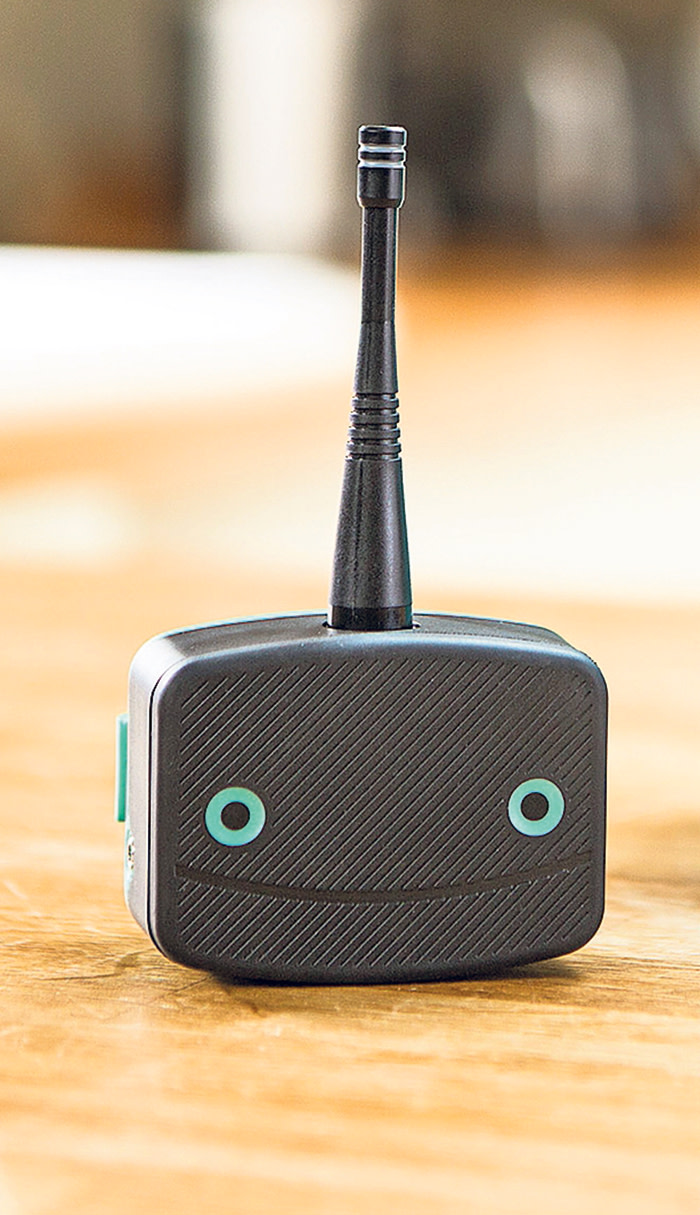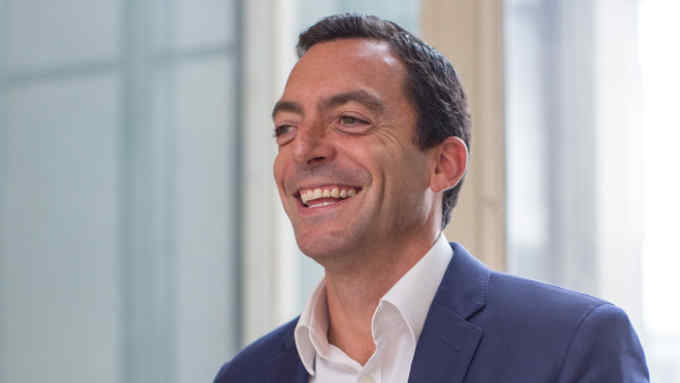Businesses gain competitive edge with smart technology

Roula Khalaf, Editor of the FT, selects her favourite stories in this weekly newsletter.
Homeserve Labs — Leakbot
From the drama of a burst pipe to the stealthy, behind-the-scenes damage caused by a slow drip from faulty plumbing, water leakages in residential properties are a major headache not just for homeowners, but also their insurers.
According to the Association of British Insurers, between 2014 and 2016, the total cost of domestic “escape of water” claims in the UK jumped by 24 per cent from £529m to £654m, thanks in part to an increase in en-suite bathrooms and downstairs toilets, more complex plumbing systems and the use of less damage-resilient materials in homebuilding. In the past three years, meanwhile, the average cost of such a claim has surged 31 per cent to £2,638.
That has been good news for the makers of Leakbot, a smart home device for detecting water leaks. It began life as a side project in the R&D department of UK-based maintenance services provider Homeserve, but is now the sole focus of its subsidiary Homeserve Labs.
Leakbot is a device that clips to pipework close to a home’s stopcock, explains Craig Foster, chief executive of Homeserve Labs. Its temperature sensors enable it to detect the signs of a leak: when a leak is present, colder water will be continually drawn from outside the home, leading to a small but significant variation between the temperature of the pipework and the ambient temperature in the home. An alert is then sent to the Leakbot app on the homeowner’s smartphone, warning them of a potential problem and providing an initial diagnosis.
In the two years since its launch, Leakbot has been adopted by 11 home insurance providers in the UK, Holland and Denmark, including Aviva, RSA and Legal & General. It is offered to customers as part of their home insurance packages, with the cost of the device borne by the insurer. According to Mr Foster, “tens of thousands” of Leakbots have been installed to date.
But finding the right type of connectivity for Leakbot has been a challenge, he admits. It is a low-cost device powered by two AA batteries, and only needs to send a small package of data roughly once a day. Mobile network connectivity would be costly overkill and deplete the device’s batteries too quickly.
Initially, the company settled on low-power, wide-area connectivity provided by Sigfox, a proprietary network provider for internet of things (IoT) devices. But Sigfox’s rollout of UK coverage failed to keep pace with customer demand for Leakbot, so the product was redesigned to run on home WiFi networks. “Wake-up” electronics power up the device in order to transmit data and then power it down again for normal monitoring work.
In this way, says Mr Foster, those two AA batteries can be made to last for as long as four years. With the connectivity issue solved, he says, Leakbot is now looking to crack the US market.
Seadrill
In recent years, falling oil prices have led to widespread lay-offs and cost-cutting in the oil and gas industry, but satellite communications is one area in which companies have continued to invest. Offshore oil and gas, in fact, remains a high-growth bright spot for satcomms providers, because crews rely on these links not just to communicate with colleagues and family onshore, but also to connect to computer systems that support critical operations on oil rigs and drilling vessels.
Seadrill, for example, is working with Microsoft and data science specialist The Marsden Group to develop Plato, a data analysis platform hosted on the Microsoft Azure cloud.
Plato receives data, via satellite, from numerous systems and sensors on Seadrill’s mobile offshore rigs. Using algorithms to detect data anomalies, the system then suggests how rig performance can be improved.
Advances in bandwidth have been key to making better use of satellite connectivity, but other kinds of network are important to the safety and performance of offshore installations, says Iain Cracknell, director of communications. For example, WiFi use is being extended so that data collected during routine inspections can be uploaded immediately via a mobile device that connects directly with the rig’s systems, replacing the need for paper and pen.
“Connectivity already powers a great deal of the activity that goes on our mobile oil rigs,” Mr Cracknell says. “It’s becoming a vital part of troubleshooting, in order to nip in the bud any potential issues regarding our teams and our equipment.”
Seadrill is now looking to trial augmented reality applications, using WiFi-enabled hard hats with integrated smart glasses, so that engineers performing routine maintenance tasks automatically receive visual cues and instructions regarding the task on which they are working. Using a combination of WiFi and satellite connectivity, Mr Cracknell explains, the engineer could connect with an onshore specialist to guide them remotely through a repair job.

Comments